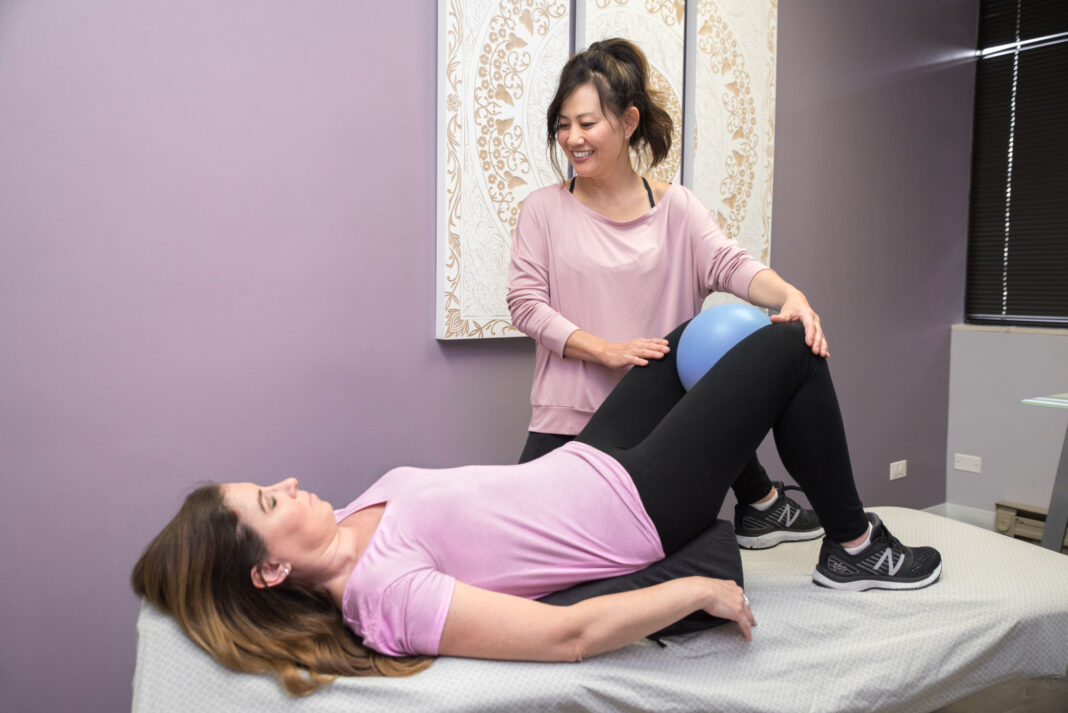Pelvic floor physical therapy is an essential yet often overlooked aspect of healthcare that can greatly improve quality of life for individuals dealing with pelvic floor dysfunctions. In San Francisco, numerous clinics and specialists offer pelvic floor physical therapy, focusing on diagnosing and treating conditions like incontinence, pelvic pain, prolapse, and postpartum recovery. This therapy involves a combination of exercises, manual techniques, and education aimed at strengthening and rehabilitating the pelvic floor muscles.
In this article, we will explore what pelvic floor physical therapy is, the conditions it can treat, and where you can find expert care in San Francisco.
What Is Pelvic Floor Physical Therapy?
Pelvic floor physical therapy focuses on the pelvic floor muscles, which support important organs such as the bladder, rectum, and uterus (in women). When these muscles are too tight, weak, or uncoordinated, it can lead to a variety of conditions that affect daily life.
Pelvic floor physical therapy aims to restore proper muscle function, reduce discomfort, and help individuals regain control over bodily functions. A licensed physical therapist will assess the patient’s pelvic floor and design a customized treatment plan to address their specific issues. This may include manual therapy, pelvic floor exercises, biofeedback, and patient education on lifestyle changes.
Conditions Treated with Pelvic Floor Physical Therapy
Pelvic floor physical therapy can address a wide range of conditions for both men and women. Some of the most common conditions treated include:
1. Urinary Incontinence
Urinary incontinence, or the involuntary leakage of urine, is a common condition that affects many people, particularly women after childbirth or during menopause. Weak pelvic floor muscles can contribute to stress incontinence (leakage during activities like coughing or lifting) or urge incontinence (a sudden, strong need to urinate). Physical therapy helps strengthen these muscles, improving bladder control.
2. Pelvic Pain
Pelvic pain can stem from a variety of causes, including muscle tightness, scar tissue, or nerve dysfunction. Individuals with pelvic pain may experience discomfort during activities like sitting, intercourse, or even everyday movements. Pelvic floor therapy includes manual techniques and exercises to release tension in the pelvic area, alleviating pain and improving mobility.
3. Pelvic Organ Prolapse
Pelvic organ prolapse occurs when the pelvic organs, such as the bladder or uterus, drop due to weakened pelvic floor muscles. This can lead to discomfort, urinary or bowel issues, and a feeling of pressure in the pelvic area. Pelvic floor exercises can help support the pelvic organs and reduce prolapse symptoms, potentially preventing the need for surgery.
4. Postpartum Recovery
After childbirth, many women experience pelvic floor dysfunctions such as pain, incontinence, or weakness. Pelvic floor physical therapy is an effective way to regain strength in the pelvic muscles, improve core stability, and recover from childbirth-related issues. This therapy helps new mothers restore function and comfort.
5.Dysfunction
Pelvic floor dysfunction can contribute to painful intercourse or erectile dysfunction. Pelvic floor therapy addresses these issues by improving muscle coordination, reducing tension.
6. Constipation and Fecal Incontinence
Pelvic floor dysfunction can also lead to issues with bowel control, including constipation or fecal incontinence. Through specific exercises and techniques, pelvic floor therapy helps to improve bowel movements and reduce episodes of leakage.
What to Expect from Pelvic Floor Physical Therapy in San Francisco
When seeking pelvic floor physical therapy in San Francisco, you can expect a patient-centered approach tailored to your specific needs. A typical therapy session involves:
1. Comprehensive Assessment
Your therapist will begin by conducting a detailed assessment of your symptoms, medical history, and lifestyle factors. This may include a physical examination of your pelvic muscles, posture, and mobility to understand the root cause of your condition.
2. Manual Therapy
Manual therapy techniques are often used to release tightness or tension in the pelvic floor muscles. This can involve internal or external manipulations aimed at improving muscle function, reducing scar tissue, and enhancing mobility in the pelvic region.
3. Pelvic Floor Exercises
Your therapist will teach you specific exercises designed to strengthen or relax the pelvic floor muscles, depending on your condition. These exercises often include Kegels for strengthening weak muscles or relaxation techniques for overactive muscles.
4. Biofeedback
Biofeedback involves using specialized equipment to help you become more aware of how your pelvic floor muscles are functioning. This allows you to better control and coordinate the muscles during exercises and daily activities.
5. Education
In addition to hands-on therapy, your therapist will provide education on posture, body mechanics, bladder and bowel habits, and lifestyle changes that can help support your recovery and long-term pelvic health.
Finding Pelvic Floor Physical Therapy in San Francisco
San Francisco is home to numerous clinics and healthcare providers specializing in pelvic floor physical therapy. Some notable options include:
- Pelvic Health and Rehabilitation Center (PHRC): With multiple locations in California, including San Francisco, PHRC offers specialized pelvic floor physical therapy for both men and women.
- San Francisco Pelvic Health: A clinic dedicated to treating pelvic floor dysfunction through individualized care plans and evidence-based therapies.
- UCSF Medical Center: A leading academic medical center offering a wide range of pelvic floor therapies, particularly for postpartum women and those with pelvic pain or incontinence.
Conclusion
Pelvic floor dysfunction can significantly impact daily life, but the good news is that it’s treatable. Pelvic Floor Physical Therapy in San Francisco provides a safe, effective, and non-invasive solution to conditions like incontinence, pelvic pain, prolapse, and postpartum recovery. By working with a specialized physical therapist, you can restore muscle function, reduce discomfort, and improve your overall quality of life.
If you’re experiencing symptoms related to pelvic floor dysfunction, consider seeking care from one of San Francisco’s expert pelvic floor physical therapy clinics to start your journey toward better health and well-being.







